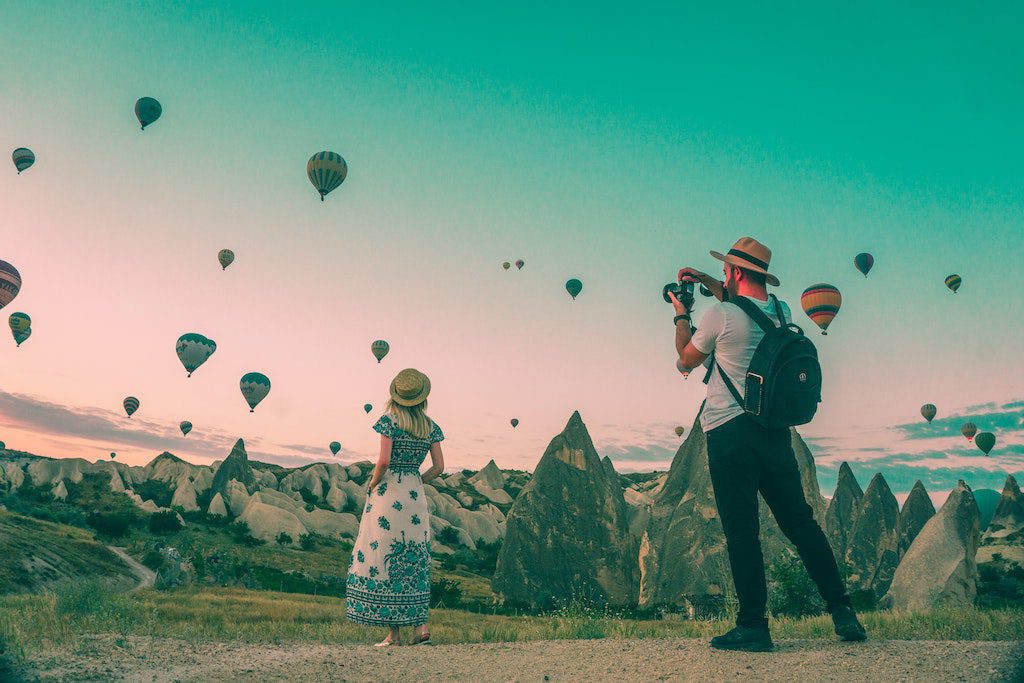Do Travel Influencers Have a Future Now?

Skift Take
With the travel industry at a historic low, it's hard to see how travel influencers may survive. But with people spending more time than ever on their phones, influencers may find themselves with a heightened level of audience trust when travel starts to reopen.
Travel influencers often get a bad rap. The perception that they expect free trips for little work, or live unrealistic and hyper-privileged lives without "real jobs" has defined much of the conversation over the last decade or so.
Nevertheless, it's hard to argue that the travel influencer industry has not played a significant role in travel's growth in the last 10 years. In many ways, they have replaced the traditional publications and travel magazines that once held so much sway over where people visited. However, now that travel is grounded around the world, there has been a hint of online schadenfreude at their plight.
Campaigns are all cancelled, free trips are nowhere to be found, affiliate income is nonexistent, and most of their would-be clients or partners — hotels and destinations — don't have a marketing dollar to spare. Then there's the high profile backlash that happened when influencers failed to live up to their responsibility as public figures during a pandemic. With all these knocks, it's hard to conceptualize how this somewhat informal industry may adapt and survive as the travel industry undoubtedly changes.
Skift spoke to Jade Broadus, vice president and creative director of Travel Mindset, a influencer marketing agency that connects influencers with travel brands to create custom campaigns and content. She said now that people are on their phones more than ever — anxious, bored, looking for both reassurance an
